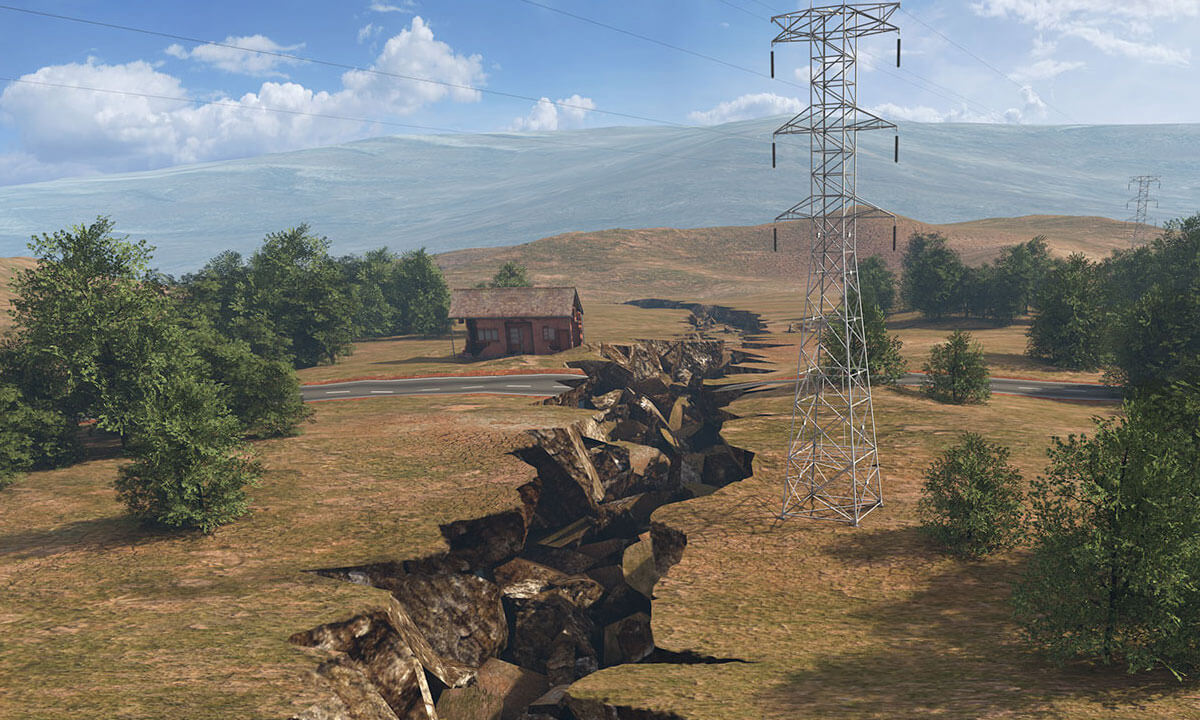The Marvelous, Misunderstood Life of Common Spiders
Source: Science Friday
They’re helpful creatures that mostly keep to themselves, but spiders still inspire terror in many people.

They’re helpful creatures that mostly keep to themselves, but spiders still inspire terror in many people.

Southern Californians question what is to come after several earthquakes have them bracing for “The Big One.”

Ice stupas are artificially engineered glaciers meant to inspire innovative thinking in response to climate change.

Coral reefs can provide protection from natural disasters. Find out what needs to happen in order to restore and better protect them.

Using treats to train animals may be masking their true abilities. Watch the videos as you read the article.

Fireworks displays can be an awe-inspiring symbol of the United States’ independence. However, these chemical explosions could potentially release hazardous particles into the air. Read the article to learn more.

With the rise of music streaming, the music industry now produces less plastic waste than before. However, streaming music has its unintended consequences.

How can large earthquakes set off many smaller ones? Read on to learn more about the aftereffects of earthquakes.

Humans currently have their eyes set on colonizing Mars in the near future. Read on to learn how Venus may be a better option.

Tongues can smell, sight can make us hear what isn’t there, and color can influence taste?! Read the article to learn more about how our five senses can be influenced by outside sources.